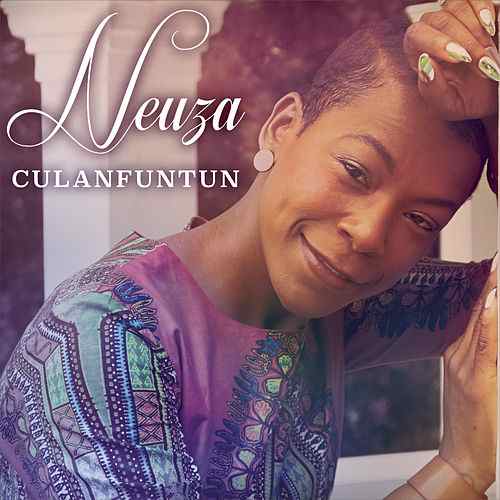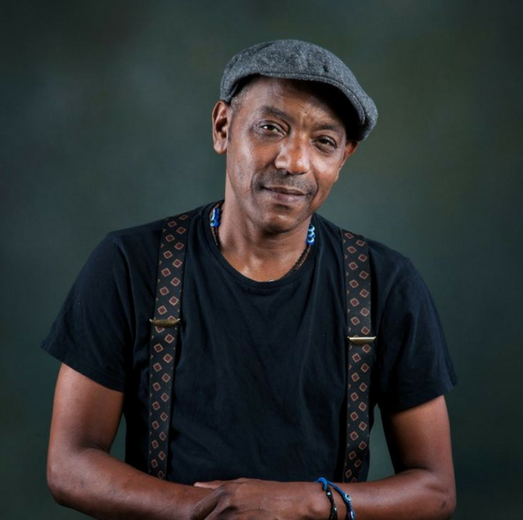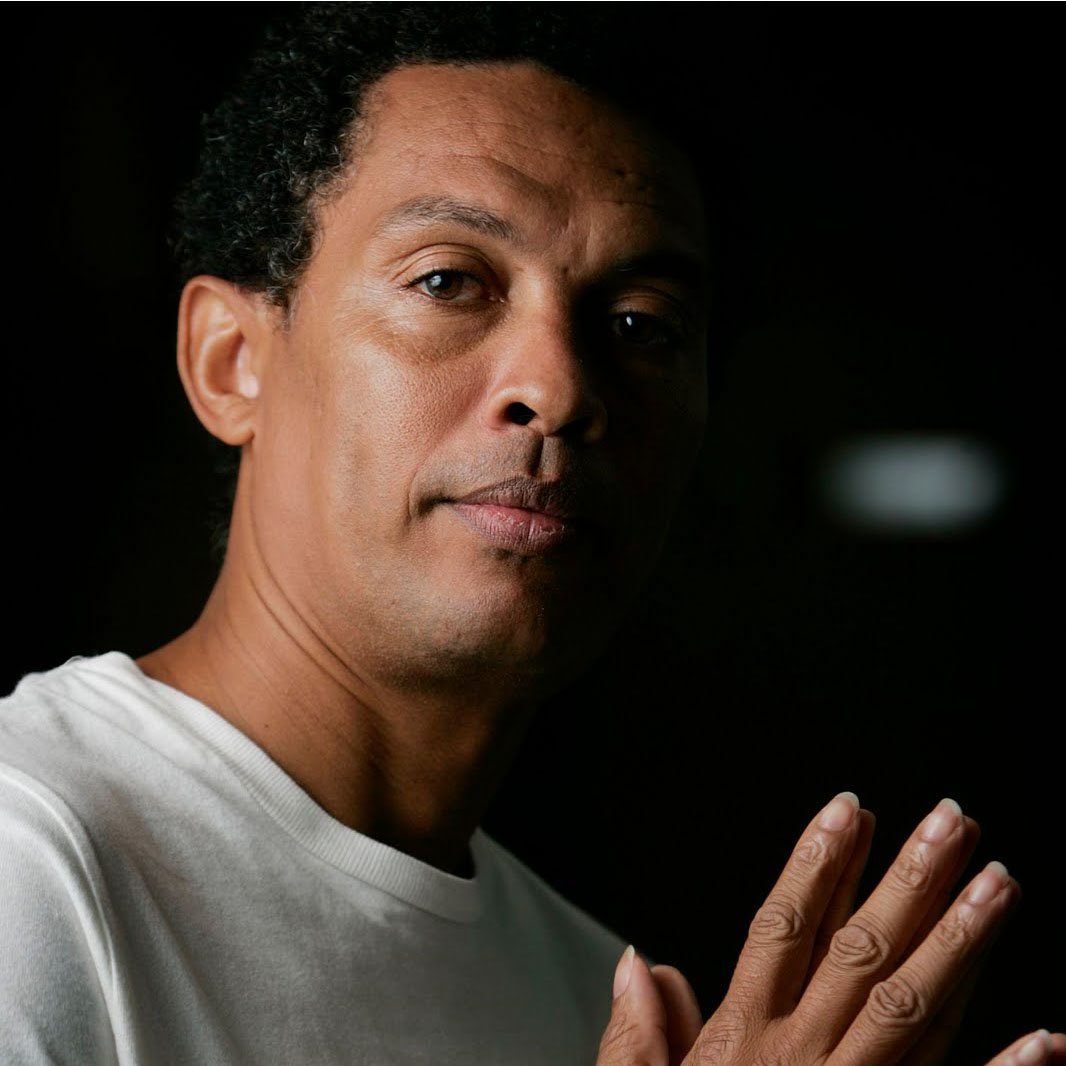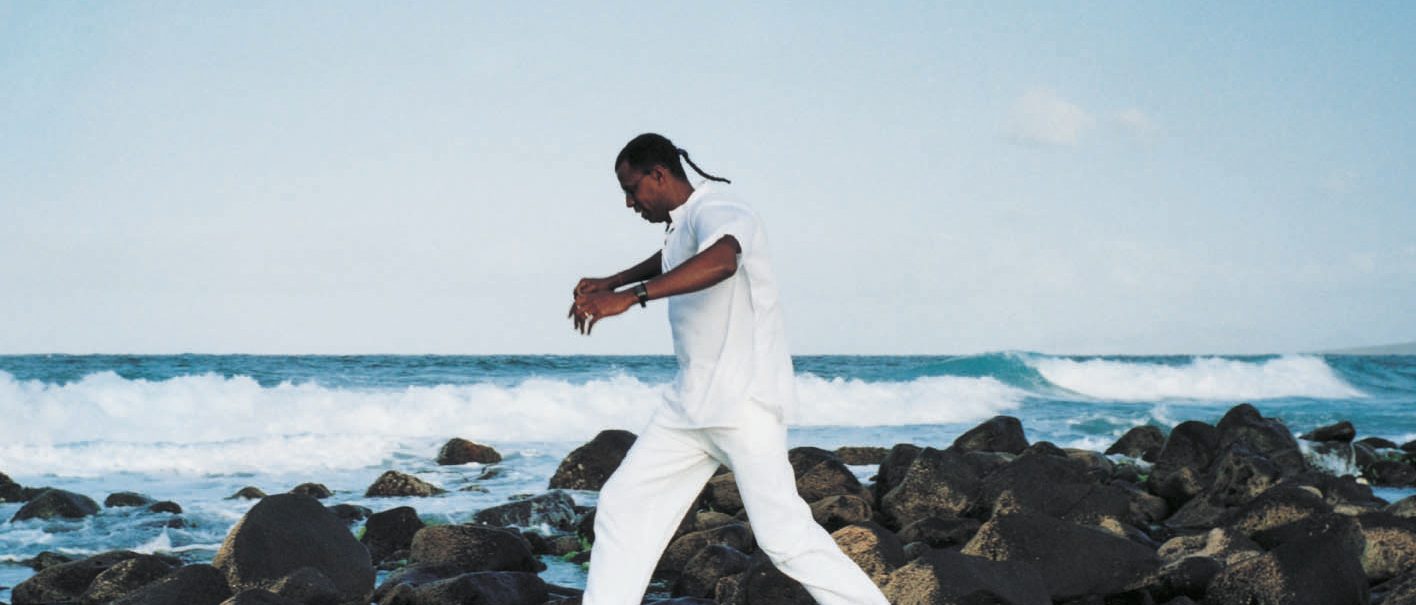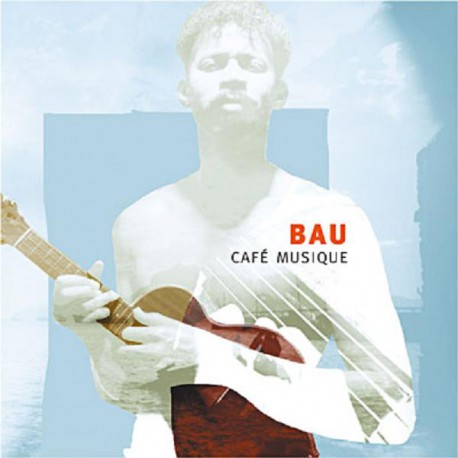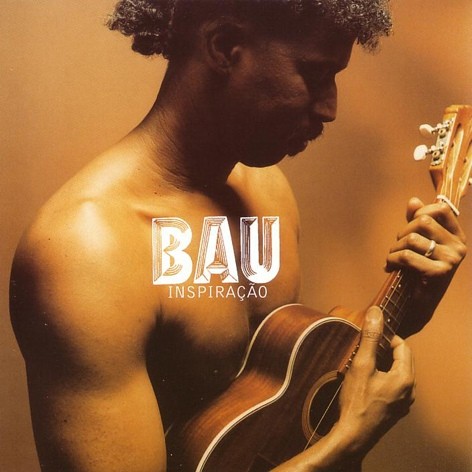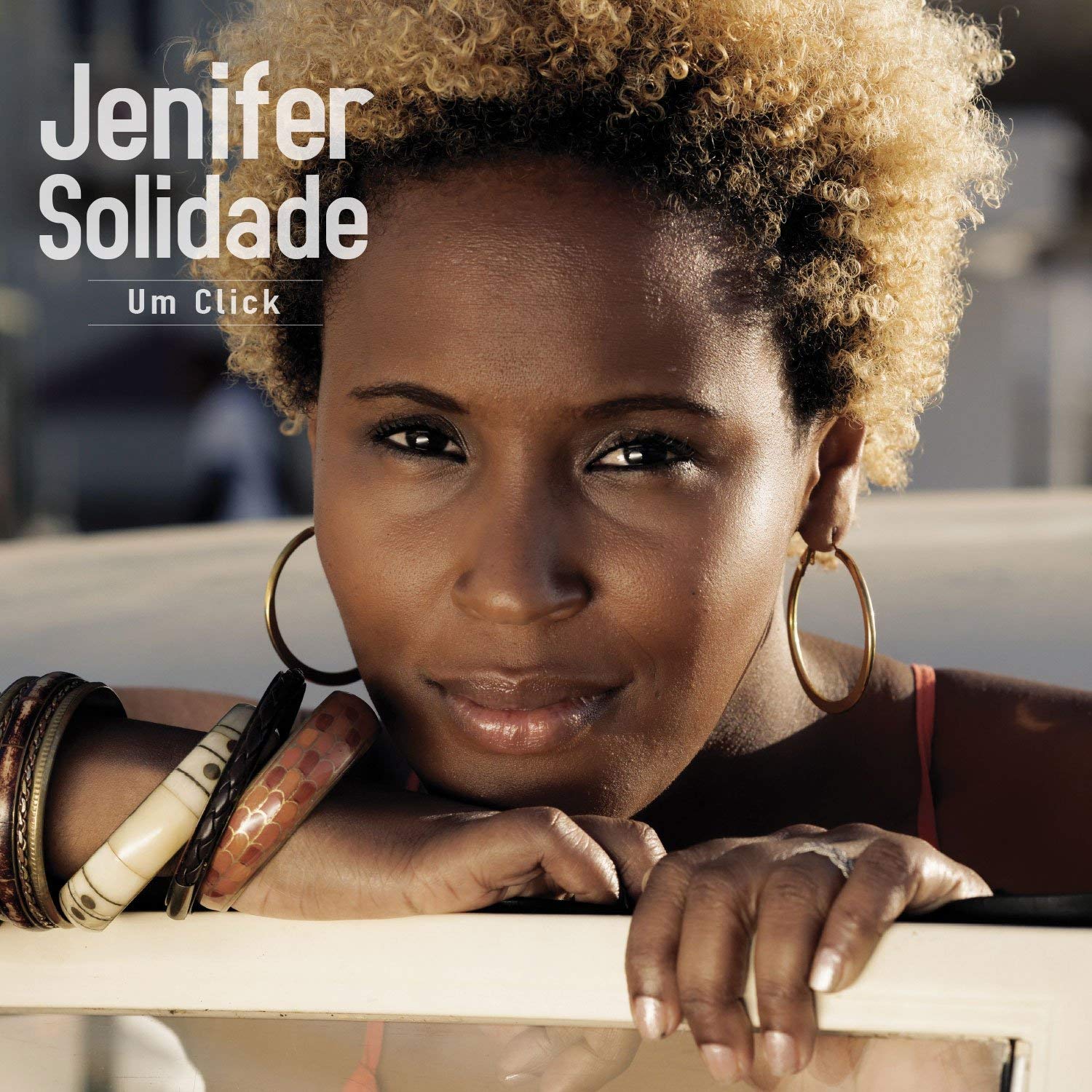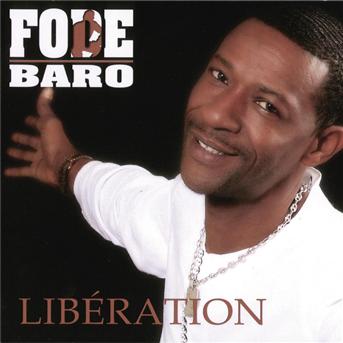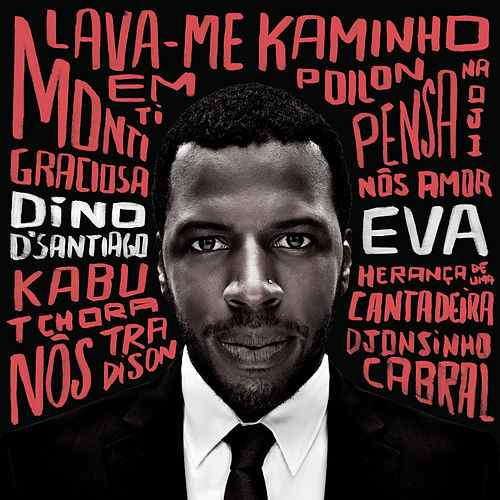
Neuza
unveils the secrets of Fogo Island rythms
About
Neuza was born in 1985 in Praia, the capital city of Cape Verde on the island of Santiago. Her mother, who was born in the island of Fogo, had moved in Praia in the 1980s in search of a better life. There would sing in the city’s bars in exchange for food, tobacco and drink, while Neuza would stay at home in their humble stone house under the care of her older sisters.
Neuza was only 6 when the excess of tobacco took her mother away forever. The little girl went to live with her godmother in Fogo. She went back and forth from one island to the other while finishing her studies. From her mom, Neuza kept the sound of the melodies she had always heard her sing; a good ear as well. She soon learnt the traditional songs from the Island of the Volcano from the passengers singing to avoid being too bored or sick during that dangerous crossing. But she was reluctant to embrace a musical career; it recalled too many bad memories. On the contrary, when she became a mother herself, Neuza chose an ordinary life with a normal job.
But destiny was stronger than her will. She was working in a restaurant when she was 24 and due to her fun and happy personality, she often sang while setting the room before service. Her co-workers were stunned by the clarity of the young woman’s voice and encouraged her to take the microphone and give it a try in front of an audience. Hesitant at first, Neuza finally jumped in and soon gained more and more fans among the restaurant’s customers.
Later, Manuel de Candinho invited her to perform on the stage of a famous restaurant in Praia where she earns her first fee. That night, her lived changed. Upon the invitation of other artists, she started singing in other venues of the Cape Verdean capital. One day, Francisco Cruz, a friend, brought Jose Da Silva to listen to the young lady in a bar. The singer’s high pitched voice and her repertoire made of traditions from Fogo hardly ever recorded on disc decided the producer to offer to record for the Harmonia label.
At the beginning of summer 2013, “Flor di Bila” unveils the secrets of Fogo Island rythms such as talaia baxo, rabolo or samba. In “Trabessado”, one of the main titles of this album, Neuza gives an opportunity to discover curcutiçan, a traditional lyrical battle between female and male voices using irony and provocation, the women taking the men on their virility. Neuza presents this tradition from the countryside along with Michel Montrond who is an author, composer and singer and a volcano child as well.



